Time has changed and so does the leisure activities of children. Asking your kids to choose between a video game or a 3D pen, what answer would you expect? Definitely, a 3D pen.
This is so because video games have rather become common instead of captivating. However, 3D pens still hold the surprise quotient which every child and even adults intend to explore.
But do you know which 3D pen filament you must choose when creating the wonderful art? A lot of users forget to assess the various choices present and stick with the standard ones.
Hence, keeping them away from the huge potential that they could exploit with 3D pens.
Not just that, choosing an incorrect filament could also destroy your gadget. And, you must not like that to happen. After all, you have paid so much for a hobby.
It is obvious to expect the 3D pen to go on for years. Hence, it is important to do your homework before you jump into trying every possible material available out there.
Every pen has certain limitations and this could be in terms of the compatibility with the filaments as well. So, your choice must be well thought.
However, before we go on talking about the various criteria for 3D pen filament selection, we must explore the choices available.
List of 3D Pen filaments
PLA
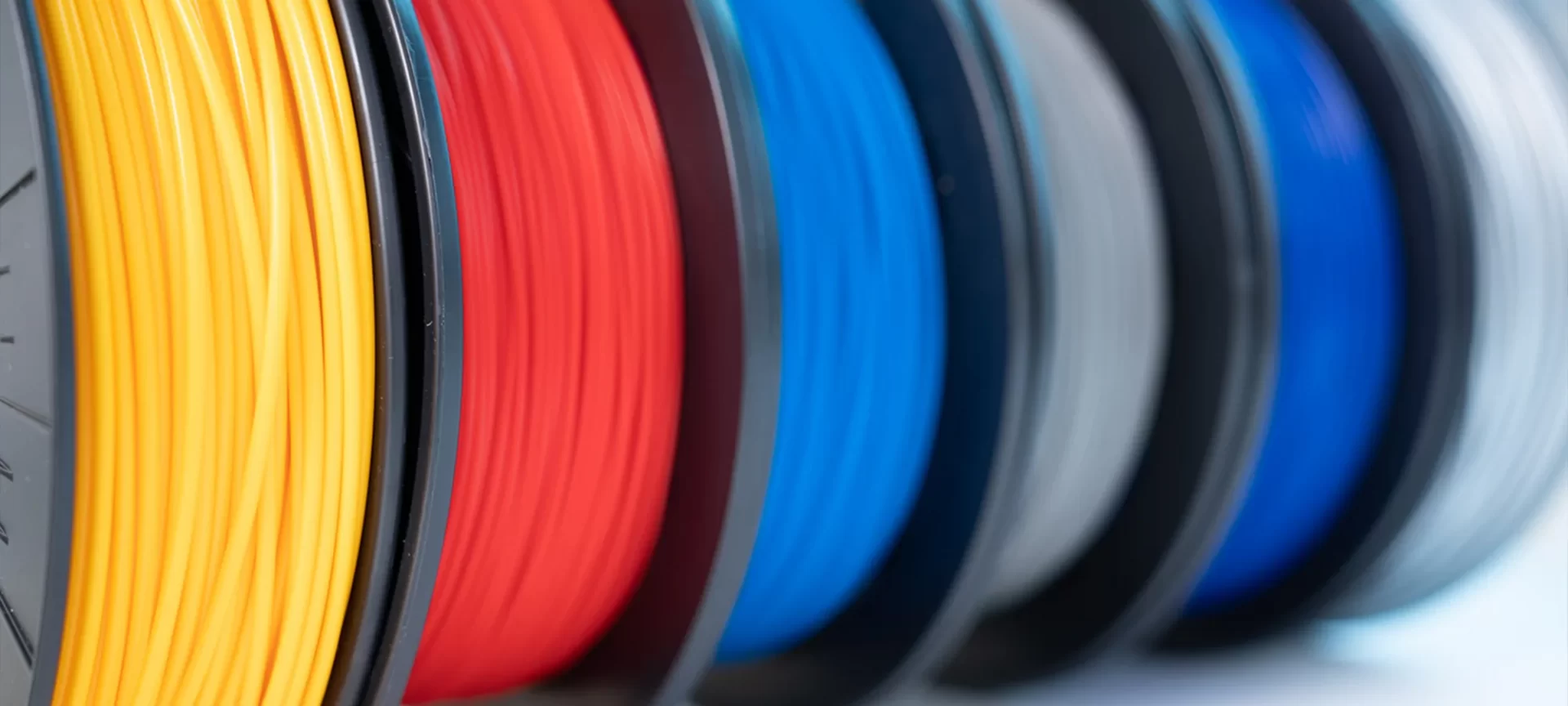
This filament is derived from biodegradable materials and is plant-based. Hence, it is environment friendly and the easiest one to work with.
The best part is that the filament can be extruded out of the 3D pen at a comparatively low temperature when compared with the desired temperature for other 3D pen filaments.
Hence, its best for children and beginners. The material shines more than ABS and provides a glossy finish to the created objects.
Although its one of the most common materials, it does have few limitations. The objects are brittle and will degrade when exposed to sunlight and moisture.
ABS
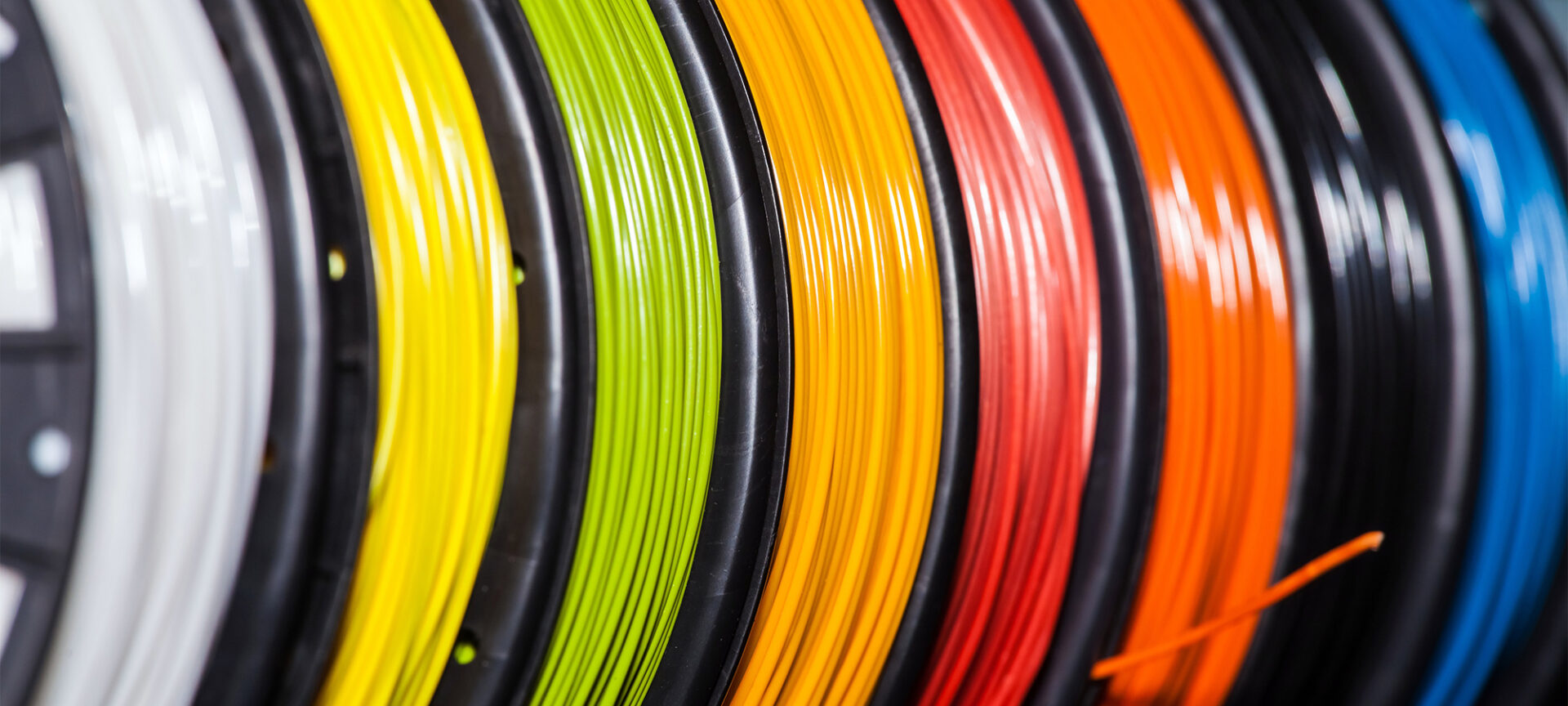
ABS can be considered as the most versatile polymer for 3D pens. This provides a stronger result when compared to PLA. Hence, there is the various application of ABS.
You may find parts of ABS in your car’s dashboard, Lego blocks, and various other objects around. The filament is made of oil-based material.
However, when working with ABS, you will have to encounter the unpleasant fumes which do smell nasty. You may not have to worry about these fumes when working in a ventilated room.
However, the fumes tend to get toxic when heated over 400 degrees Celsius. The good news is that the 3D pens never reaches that temperature. Usually, you can work between 225 degrees Celsius to 250 degrees Celsius when creating objects with ABS.
Like PLA, it also degrades over time when exposed to high heat. But, it’s stronger than PLA.
TPU
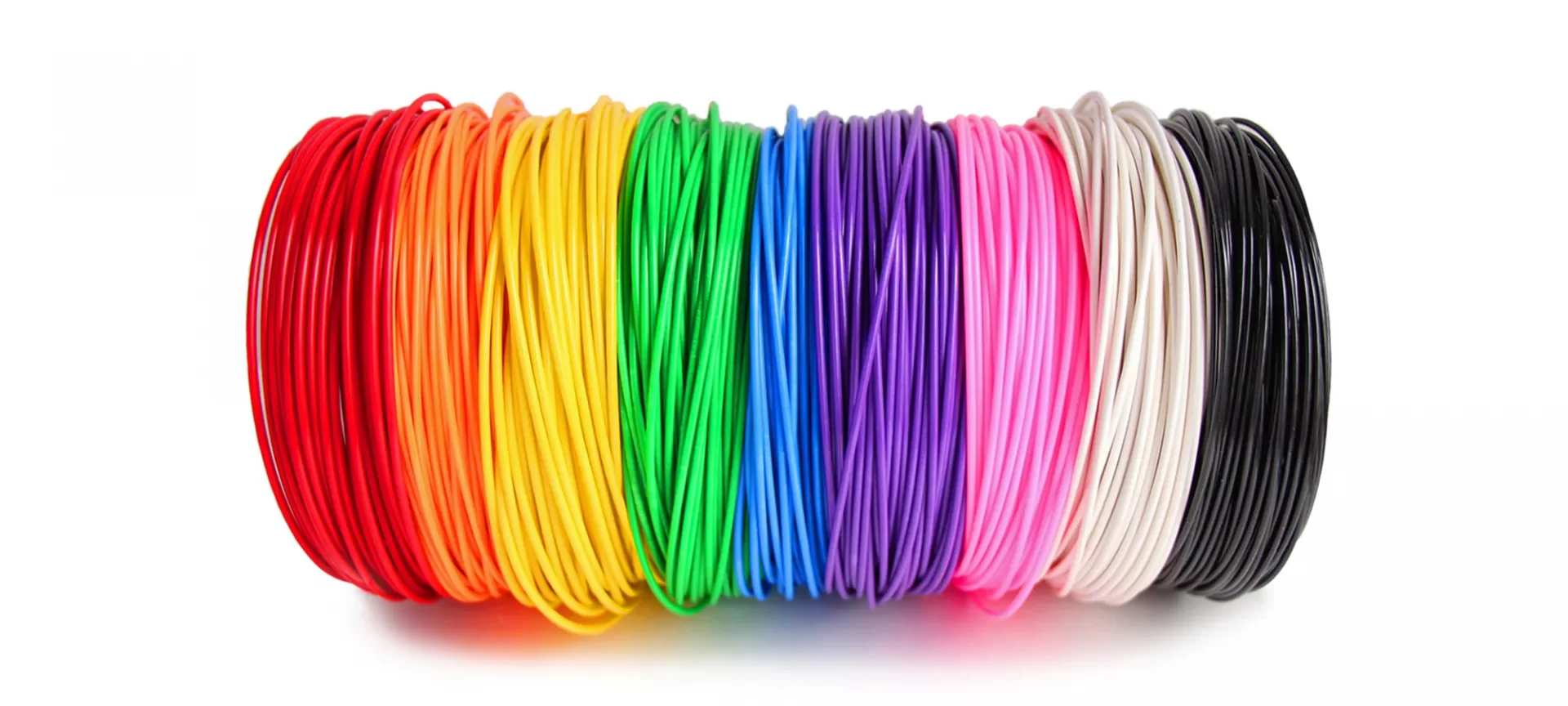
If your 3D pen is working with ABS, it must be compatible with TPU. The reason is that the TPU filament also works within the same temperature range as ABS.
So, what makes this material different from ABS. The fact that TPU is highly flexible and even come labeled as FLEXY, the objects showcase varying physical properties.
Being embodying higher elasticity, the material is very much preferred for functional objects such as phone cases, shoes, wearables like bracelets.
You do not just need to use the 3D pens for drawing toys. You can actually make useful products with 3D pens. Apart from being flexible, it’s highly durable as well.
But TPU is expensive and will also degrade with exposure to sunlight for long.
PETG
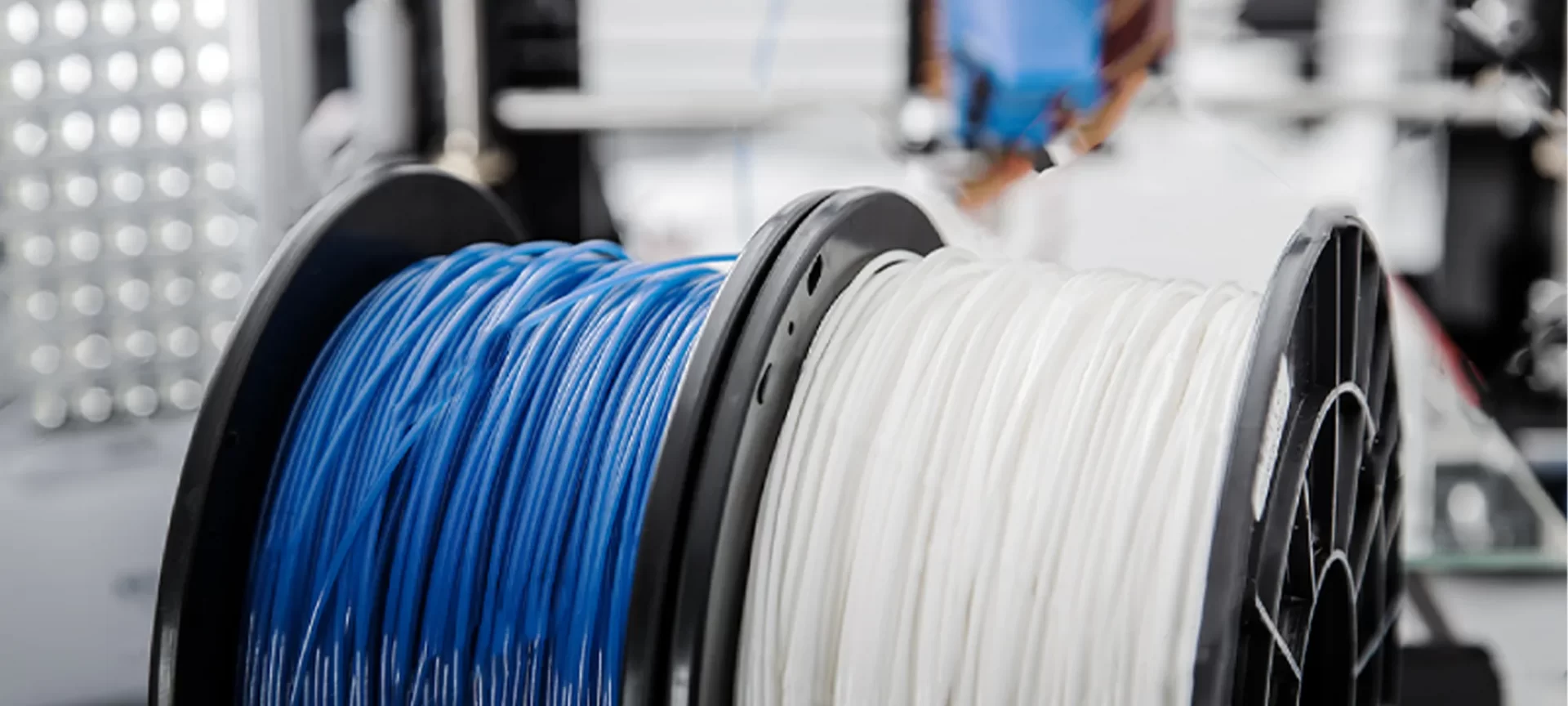
If you have seen those non-biodegradable bottles, you must be able to visualize what PETG would feel like. These bottles are made of PETG.
Being one of the toughest options available, these are used for various applications. The filament is stronger and durable than ABS. These can bend or tear, but won’t shatter.
You can achieve higher chemical and physical resistivity to stress and aggression than ABS. But it does print at a similar temperature range as ABS.
The problem is that the material is difficult to tame. It does not flow as smoothly as ABS. But with practice, you can learn to draw with these filaments as well.
When printing with PETG, you may have to compromise with color options. And, these are difficult to design. Hence, not a very common choice between users.
HIPS

HIPS and ABS have a common temperature requirement for designing with 3D pens. However, HIPS is more brittle and rougher. On a brighter side, the objects created using the filament won’t deform at all.
These would sustain their original shape when under higher stress. These also degrade with exposure to sunlight for a prolonged period of time.
PCL
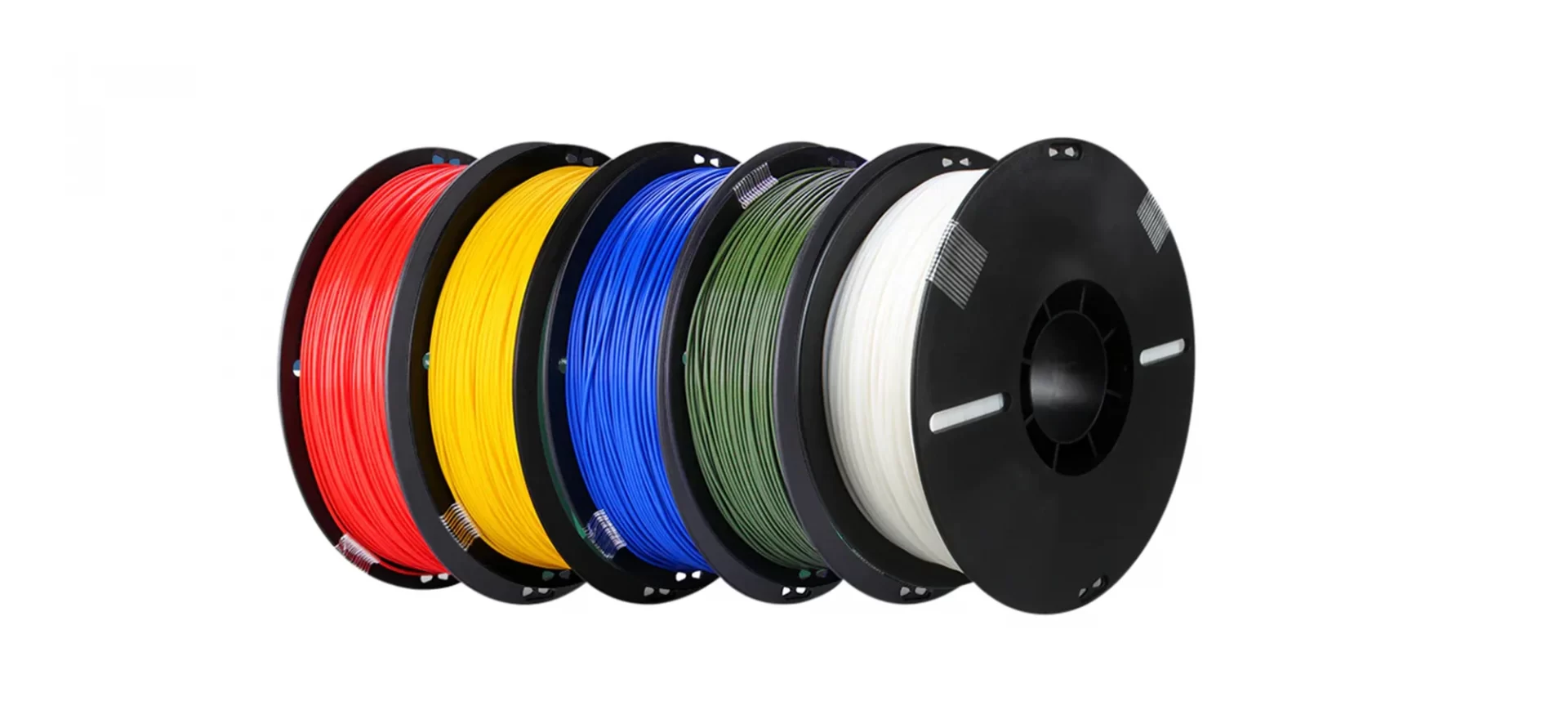
Because 3D pens are associated with creativity and art, a lot of children also prefer to work with this device. Hence, it’s important to have a 3D pen filament that is safer for kids.
Instead of using high temperature for melting, this one here can go soft when exposed to 60 degrees Celsius. It even takes longer to cool down and set. Hence, kids can correct the designs if anything goes wrong while it’s still softer.
However, there are a few points you must remember when choosing this material. It will degrade quickly when exposed to sunlight. Plus, it stays a little bit soft even after hardening.
This means that you cannot work with 3D art in the air. Moreover, it’s not the right filament when preparing designs that are supposed to bear weight or stress.
The material is just for creativity and your children would love to go crazy over its various aspects that are capable of bringing more fun and enjoyment.
Nylon
Not every 3D pen is capable to handle Nylon. This filament works at a higher temperature than most of the materials available for these devices.
Hence, it’s not compatible with many of these gadgets. However, if you have a 3D pen that can reach the desired temperature for Nylon, you must try the material once. It is long-lasting and has low friction.
In addition, it is strong and durable. Plus, you can even dye the objects created by Nylon. But you do need to have the 3D pen that’s capable of melting this filament.
How do you Choose a Suitable 3D Pen Filament?
You do know a lot about the various 3D pen filaments available for users. And, you can also make out the strengths and weaknesses these filaments possess.
But it is difficult to choose one over another when you have plenty of choices available. Hence, here are few more factors that do matter when considering a particular 3D pen filament.
The Allowed Temperature
When you would have bought a 3D pen, you must have got the details of the device including the preferable temperature the 3D pen can sustain.
The parameter is very important as you cannot go beyond the recommended maximum temperature. Hence, when choosing a filament, you must also find out the temperature required to melt that specific material.
If it requires a higher temperature for melting than the allowable value by your 3D pen, you won’t be able to use that option.
There are 3D pens that are only compatible with PLA. However, there are those that can work with PLA and ABS alike. In such cases, you can use PETG or HIPS as well.
Because these filaments also work within a similar temperature range as ABS. We already have talked about it earlier in the article. Haven’t we?
Find out the table below providing details of the temperature requirements for different filaments:
| Filament Type | 3D Drawing Temperature Requirement |
| PLA | 190-240°C |
| ABS | 225-250°C |
| TPU | 225-260°C |
| PETG | 235-245°C |
| HIPS | 230-240°C |
| PCL | ~60°C |
| NYLON | 255-275°C |
The above values can help you figure out which filaments you can work with and which aren’t supported by your 3D pen.
What Do You Want to Draw?
Next thing that is important to consider when getting a 3D pen filament is the objects you want to draw. In other words, you must check the application needs with the perks these filaments offer.
For instance, if you are wanting a material for your kids, you can go with PLA or PCL. With PCL, children can create imaginary arts or something interesting. However, the material won’t go long.
On the other hand, with PLA, kids who like to explore deeper could bring more fun to their 3D pen arts. One can draw toys and figurines using PLA.
But there are many other things that one can accomplish using these 3D pens. For instance, you can draw a mobile case or jewelry using these 3D pen filaments. Depending on the strength and flexibility you need, you can go with the most suitable choices.
In case, you want to create something for visual appearance, you can use PLA. However, when creating something that is functional, says shoe or mobile holder, TPU and ABS are the better choices.
The Filament Diameter
Many users do ask questions like: Can we use the 3D printer filaments for 3D pens too? Because the FDM printers work with the same material, the question is quite obvious.
The good news is that the answer is ‘YES’. We can use the same filament that we use for 3D printers without 3D pens. But not all the time.
While most of the 3D pens work with 1.75 mm filament diameter, there are certain 3D pens that make use of varying filament diameter. For instance, the 3doodler Pen.
This 3D pen utilizes filaments with a 3 mm diameter. Hence, in this case, you won’t be able to work with the standard 3D printer’s filament.
Hence, before you start inserting the filament left after working with a 3D printer, do check the filament diameter than the 3D pen uses. Otherwise, it would create problems for your pen as well as ruin the filament.
Are Safety Concerns the Priority?
When we gift our children certain not too common gadgets, we do look for safety issues. It becomes important to understand the skill levels of your child which are is proportional to their age.
For very young children, it is important to opt for material that is safer and does not require a very high temperature when working. Or else, your children could hurt themselves by touching the heated components accidentally.
The great solutions for these are the filaments that are created especially for kids. These run with a very low temperature that the body can bear without any issues.
And, one such filament is the PCL filament. As mentioned above, the material can soften at just around 60 degrees Celsius. And, it remains softer for long before getting firm. Hence, it’s best when one wants to make changes to the design after drawing completes.
Even when offering 3D pens to elder kids, you must consider safety. It is okay to let them draw with PLA, however, ABS and Nylon that emits unpleasant fumes and works at even higher temperature could again bring risk factor. So, it’s better to stick with the filaments that are safe to draw with.
After all, it takes time to learn to work with a new device. Until then, what comes first is the safety of your children.
The Conclusion
3D pens are becoming popular with time. Not only children, but adults also enjoy creating DIY arts and projects using these devices.
One can even use the 3D pens to perfect the parts printed with 3D printers. Or, when sticking the two different parts together created using 3D Printer.
There are a lot of other applications for these devices. And, that is why its usage is reaching to a larger number of individuals.
And, to perfect the results, one must understand the varying results obtained using different 3D pen filaments. Individuals must go through the details of each filament and also consider their needs before selecting a particular filament.
This would help in realizing the exact results one is looking for. Isn’t that’s all that we need?







